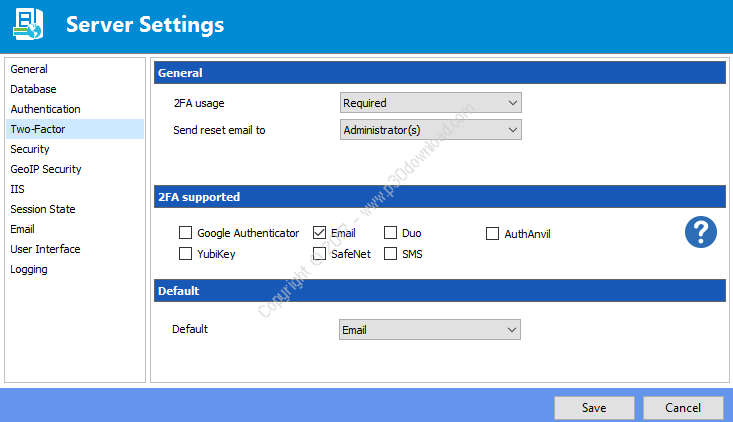

- #Remote desktop connection manger password repository how to
- #Remote desktop connection manger password repository install
- #Remote desktop connection manger password repository full
- #Remote desktop connection manger password repository software
- #Remote desktop connection manger password repository code
This indicator tells you in which context VS Code is running (local or remote). You'll have noticed an indicator on the bottom-left corner of the Status bar.

If you don't already have the Remote - SSH extension installed, you can search for "remote ssh" in the Extensions view (Ctrl + Shift + X). The VS Code Remote - SSH extension allows you to connect to a remote machine or VM using SSH, all from inside VS Code.
#Remote desktop connection manger password repository how to
Now that we've covered how to create an SSH host, let's connect to it! Select Review and Create and Azure will deploy your VM for you! Connect using Remote - SSH If you go to the Management tab, you can set the time you want to shut down the VM daily. You also want to allow your VM to accept inbound SSH traffic.Ī cool feature of using Azure VMs is the ability to enable auto-shutdown (because let's face it, we all forget to turn off our VMs…). We'll take the public key and paste it into our VM setup, by copying the contents of the id_ed25519.pub. In the previous step, we generated an SSH key pair.

You will then be prompted to enter a secure passphrase but you can leave that blank. Press Enter at the following prompt to save the key in the default location. If you don't have an SSH key pair, open a bash shell or the command line and type in: ssh-keygen -t ed25519 If you're on Windows and have already created keys using PuttyGen, you can reuse them. We strongly recommend using key-based authentication so you do not need to enter your password each time you connect. There are several authentication methods into a VM, including an SSH public/private key pair or a username and password. We will choose Ubuntu Server 18.04 LTS for this example, but you can choose recent versions of other Linux distros and look at our supported SSH servers. Now you can specify details of your VM, such as the name, the size of, and the base image. From there, you can select your Azure subscription and create a new resource group, if you don't already have one. In the Azure portal, search for "Virtual Machines", and choose Add. If you don't have an existing Linux virtual machine, you can create a new VM through the Azure portal.
#Remote desktop connection manger password repository install
Install an OpenSSH compatible SSH client (PuTTY is not supported).To get started, you need to have done the following: In this blog post, we'll use a Windows client and target a Linux VM on Azure. Note: macOS and Windows SSH hosts are not yet supported. You can also be on any client - Windows, macOS, or Linux. Remote Development with LinuxĪs long as your Linux VM supports SSH, it can be hosted anywhere on your local host, on premise, in Azure, or in any other cloud. Now comes the magic of the Remote - SSH extension. Wouldn't it be great to break out of the physical limitation of your local machine without giving up your tools. Remotely editing files using SSH and Vim means you're no longer in the comfort of your go-to coding editor.It's annoying to keep your remote and local environments in sync and you often hit problems where things work in one place, but not the other.

Mounting the remote file system and executing bulk operations can be slow.If you're using the Remote Desktop Protocol (RDP), it can be hard to manage multiple connections.
#Remote desktop connection manger password repository software
#Remote desktop connection manger password repository full
The Remote extensions allow you to develop against a container, a remote machine or virtual machine (VM), or the Windows Subsystem for Linux (WSL), while using VS Code with its full feature set as your development environment. In case you missed it, Visual Studio Code recently released the Remote Development extensions. Jby Sana Ajani, Remote - SSH: Easy, smooth, and (like) local


 0 kommentar(er)
0 kommentar(er)
